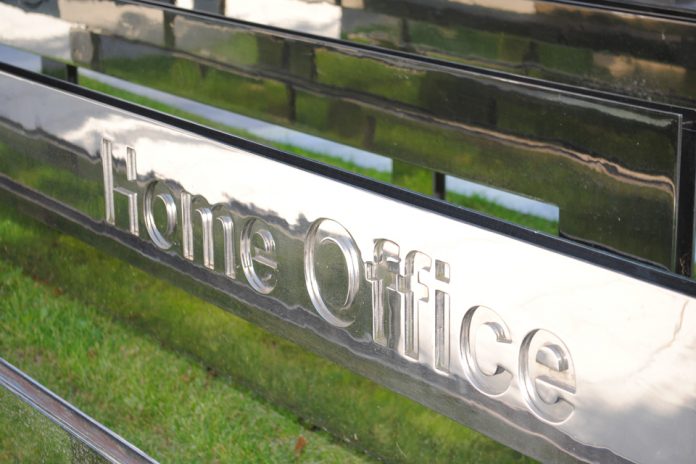The guidance relates to the Anti-Social Behaviour, Crime and Policing Act 2014, which provides police and local authorities with a range of tools and powers to respond quickly to anti-social behaviour (ASB) and ensure victims have a say in the way that complaints are dealt with.
A key part of this is the Anti-Social Behaviour Case Review (also known as the Community Trigger), which gives victims of persistent anti-social behaviour the ability to demand a formal case review where the local threshold is met – an important safety net in ensuring that victims are fully supported.
The strengthened guidance builds on previous updates to make sure there is a greater focus on the impact of anti-social behaviour on victims. It provides greater clarity on the process of the Anti-Social Behaviour Case Review, highlighting that relevant bodies should always consider inviting the victim or, if more appropriate, their representative to case review meetings to help the panel understand their perspective. It also explains that local areas can have independent chairs at review meetings to provide an external view on the case.
These requirements align with recommendations from the 2019 Victims Commissioner report.
Safeguarding Minister, Victoria Atkins said:
Victims must be front and centre of the approach police and local agencies take when tackling anti-social behaviour.
We know that powers are already being used to good effect and this guidance provides even greater clarity for local agencies.
We are determined to create safe and peaceful communities where people can thrive and perpetrators of anti-social behaviour are robustly dealt with.
The updated guidance also highlights existing requirements on local agencies including that:
- local areas must carry out a review of the response to anti-social behaviour complaints if an application is made and the locally defined threshold for a review is met
- they must respond to the victim at particular milestones in the process, including with the outcome of the review
- they must publish specified information at least every 12 months about the Community Trigger, including the number of reviews that have been carried out
- they must publish details of the Community Trigger procedure in their area to ensure that victims are aware that they can apply in appropriate circumstances
In addition to the guidance for local agencies, there is further information available on the Community Trigger webpage on GOV.UK.
These resources are part of a wider government commitment to ensuring ASB is dealt with effectively.
The Home Office works with partners through the ASB Strategic Board, which brings together the National Policing Lead, the Local Government Association, the Association of Police and Crime Commissioners, other Government departments and community sector organisations to ensure that the relevant powers are being used robustly, and to learn from examples of good practice.
We have also provided over £12 million funding in 20/21 for the continued development of the Single Online Home – a web platform which enables members of the public to report crimes online 24/7. As it is rolled out, the Single Online Home is making it easier for the public to report a wide range of crimes, including ASB.
Our £45 million Safer Streets Fund is supporting areas that are disproportionately affected by crimes such as burglary and many of these schemes will also help in tackling anti-social behaviour through crime prevention measures like improved street lighting and CCTV. This includes £20 million announced yesterday (28 January) to tackle these crimes and ensure the police have the powers, tools and resources they need to cut crime and make people feel safer in their community.
All this work is in addition to our commitment to recruit 20,000 additional police officers to provide law enforcement with the resources they need to keep our streets and communities safe.
‘Anti-social behaviour’ is a broad term which includes behaviour which has caused or is likely to cause harassment, alarm or distress to a member or members of the public.







